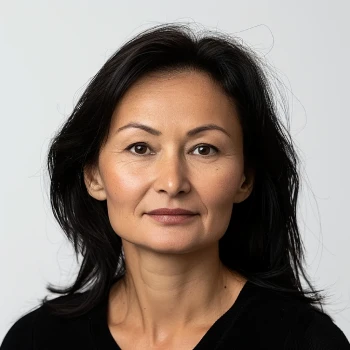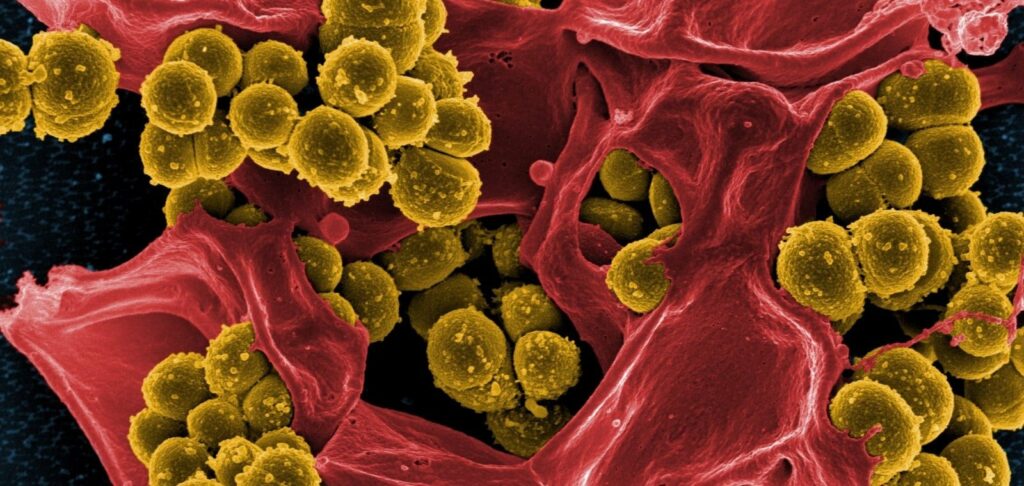
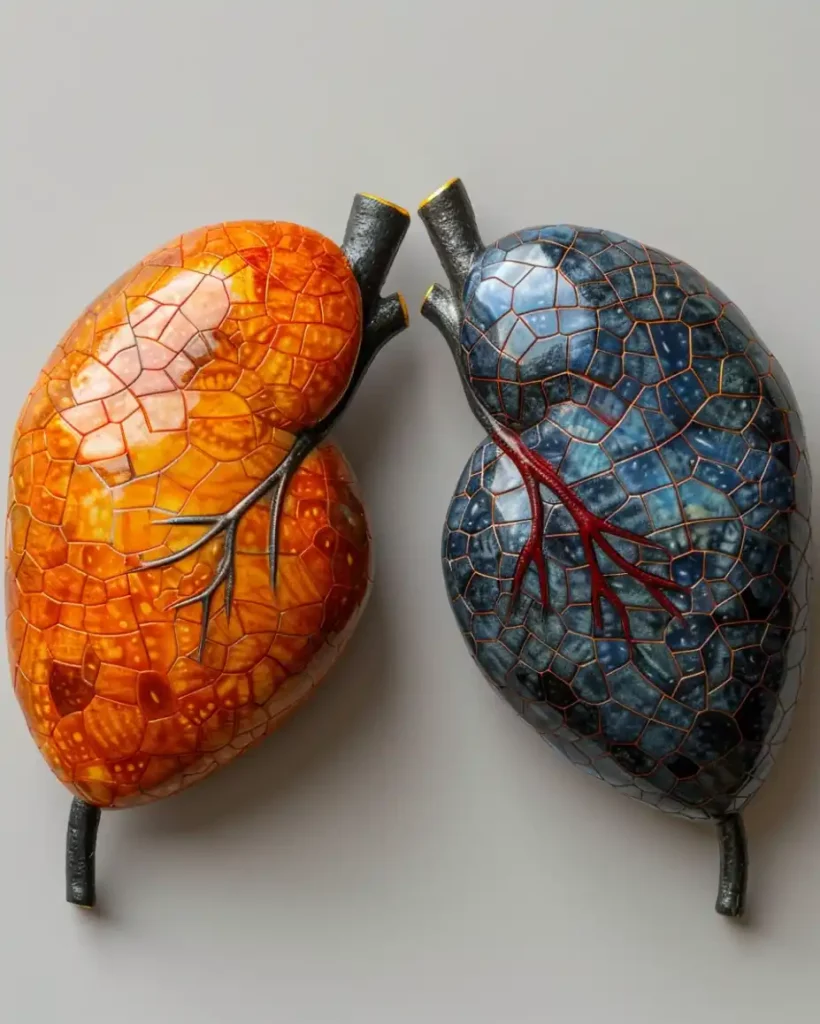
Natalia Pysarenko, a 58-year-old schoolteacher from Kyiv, was eagerly anticipating her retirement when her daughter noticed a slight yellow tinge in her eyes.
This yellowing is often an early sign of liver dysfunction, indicating that something may be wrong with liver function.
Concerned, she urged her mother to see a doctor.

Natalia, who had always been slightly overweight but otherwise healthy, was shocked to learn that she had cirrhosis—advanced scarring of the liver that typically takes years, or even decades, to develop.
“I couldn’t believe it,” Natalia said. “I had regular check-ups, but no one ever mentioned anything about my liver.”
Cirrhosis can occur in the late stages of metabolic dysfunction-associated steatotic liver disease (MASLD), a condition characterized by the accumulation of fat in the liver, leading to inflammation and scarring.
Previously known as non-alcoholic fatty liver disease (NAFLD), MASLD was renamed to better reflect its association with metabolic dysfunction, rather than focusing solely on the absence of alcohol use.
MASLD affects an estimated 25% of the global population. In countries like Ukraine, Russia, and Kazakhstan, the prevalence is rising due to increasing rates of obesity and type 2 diabetes.
“It’s a silent epidemic,” says Dr. Oleksandr Hrytsenko, a hepatologist in Kyiv. “Many patients are unaware they have liver disease until it reaches an advanced stage.”
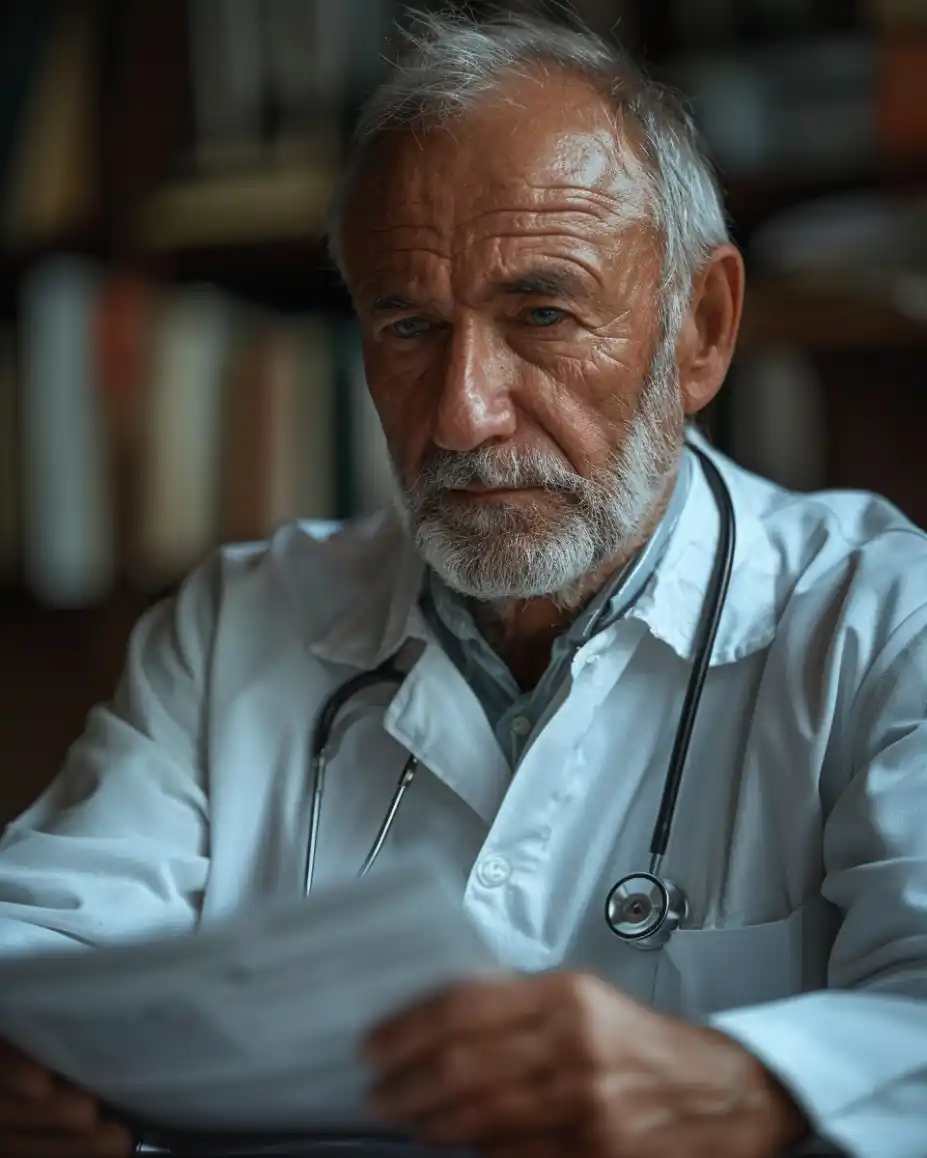
What Is MASLD?
People with MASLD have excess fat in their liver along with one or more metabolic risk factors such as obesity, high blood sugar, or hypertension.
In Ukraine and Russia, the rates of obesity have been steadily increasing, with approximately 30% of adults classified as overweight or obese according to recent studies (e.g., World Health Organization, 2023).
In Kazakhstan, similar trends are observed, with lifestyle changes contributing to a rise in metabolic disorders.
About one in four patients with MASLD progresses to a more severe form called metabolic dysfunction-associated steatohepatitis (MASH). In MASH, the fat accumulation leads to liver inflammation, cell damage, and fibrosis—scarring of the liver tissue.
If left unchecked, this can progress to cirrhosis, liver failure, or even hepatocellular carcinoma (liver cancer).
“Unfortunately, MASLD is often asymptomatic until significant damage has occurred,” explains Dr. Meena Bansal, chief of the division of liver diseases at the Icahn School of Medicine at Mount Sinai in New York. “Patients may feel perfectly healthy while their liver function deteriorates.”
Who Is at Risk of MASLD?
Individuals with type 2 diabetes or obesity—particularly those with abdominal or visceral fat—are at the highest risk.
Insulin resistance and high caloric intake, especially from saturated fats and refined carbohydrates, contribute to fat accumulation in the liver.
In Russia, it is estimated that over 5 million people suffer from type 2 diabetes, with many more undiagnosed. Similar statistics are reported in Ukraine and Kazakhstan, highlighting a regional public health concern.
Genetic factors also play a role. Certain populations in Central Asia and Eastern Europe may have genetic predispositions that make them more susceptible to liver fat accumulation.
Studies have identified polymorphisms in genes such as PNPLA3 and TM6SF2 that increase the risk of MASLD in these populations.
“The combination of poor diet, sedentary lifestyle, and genetic factors is creating a perfect storm,” says Dr. Dauren Abilov from the Kazakh National Medical University. “Our modern lifestyles are fueling this silent disease.”
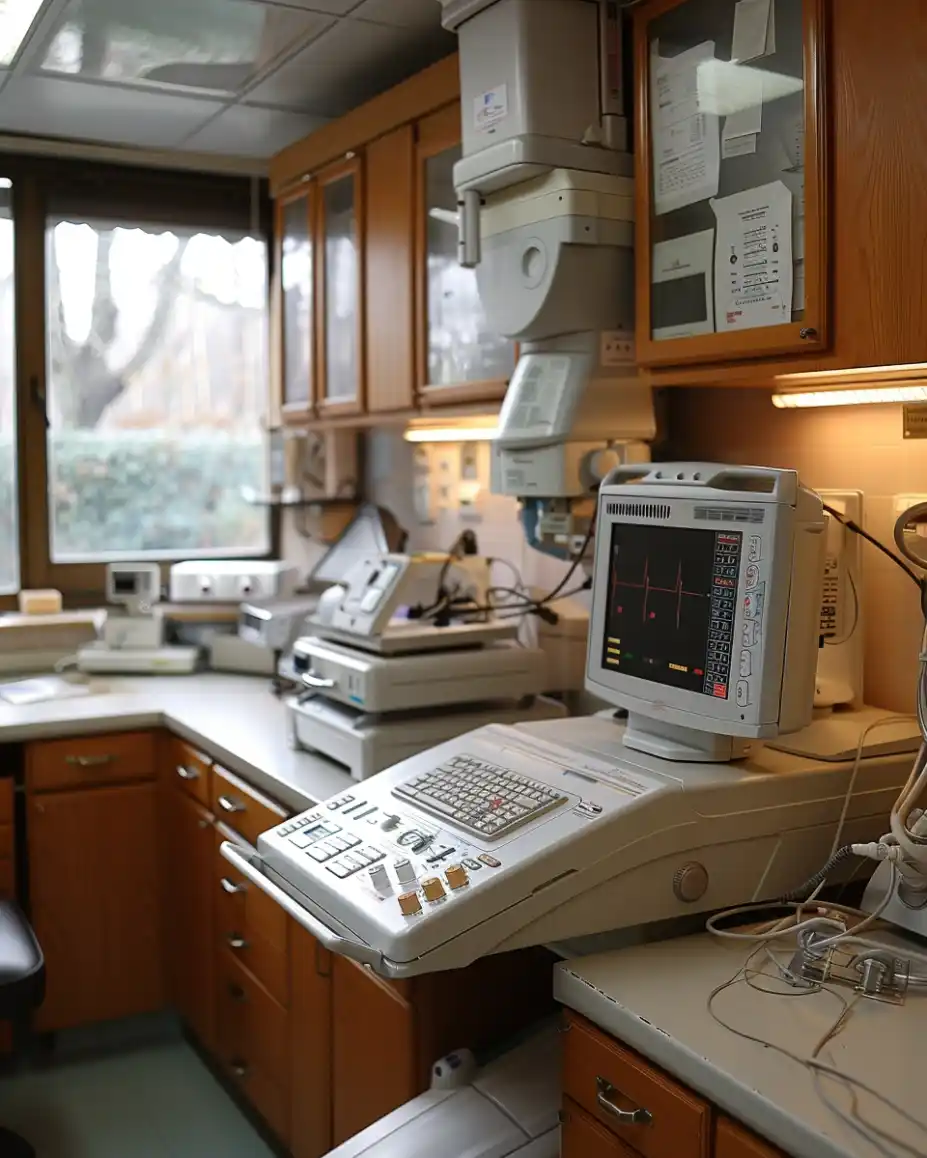
How Is MASLD Detected?
Early detection is crucial but challenging. Routine liver function tests, such as alanine aminotransferase (ALT) and aspartate aminotransferase (AST) levels, may not reveal MASLD until significant damage has occurred because these enzymes often remain within normal ranges during early stages of liver fat accumulation.
However, clinicians can assess risk using the FIB-4 score, which calculates the likelihood of fibrosis based on age, liver enzymes, and platelet count.
“Non-invasive imaging techniques like ultrasound elastography can also help detect liver stiffness associated with fibrosis,” advises Dr. Hrytsenko. “But these tools are not always readily available, especially in rural areas.”
Lack of awareness among healthcare providers contributes to underdiagnosis. Many physicians may not consider liver disease in patients without a history of alcohol abuse, despite the rising prevalence of MASLD.
“There’s a misconception that liver disease only affects alcoholics,” notes Dr. Halyna Smirnova. “We need to change that mindset and recognize that metabolic factors are significant contributors.”
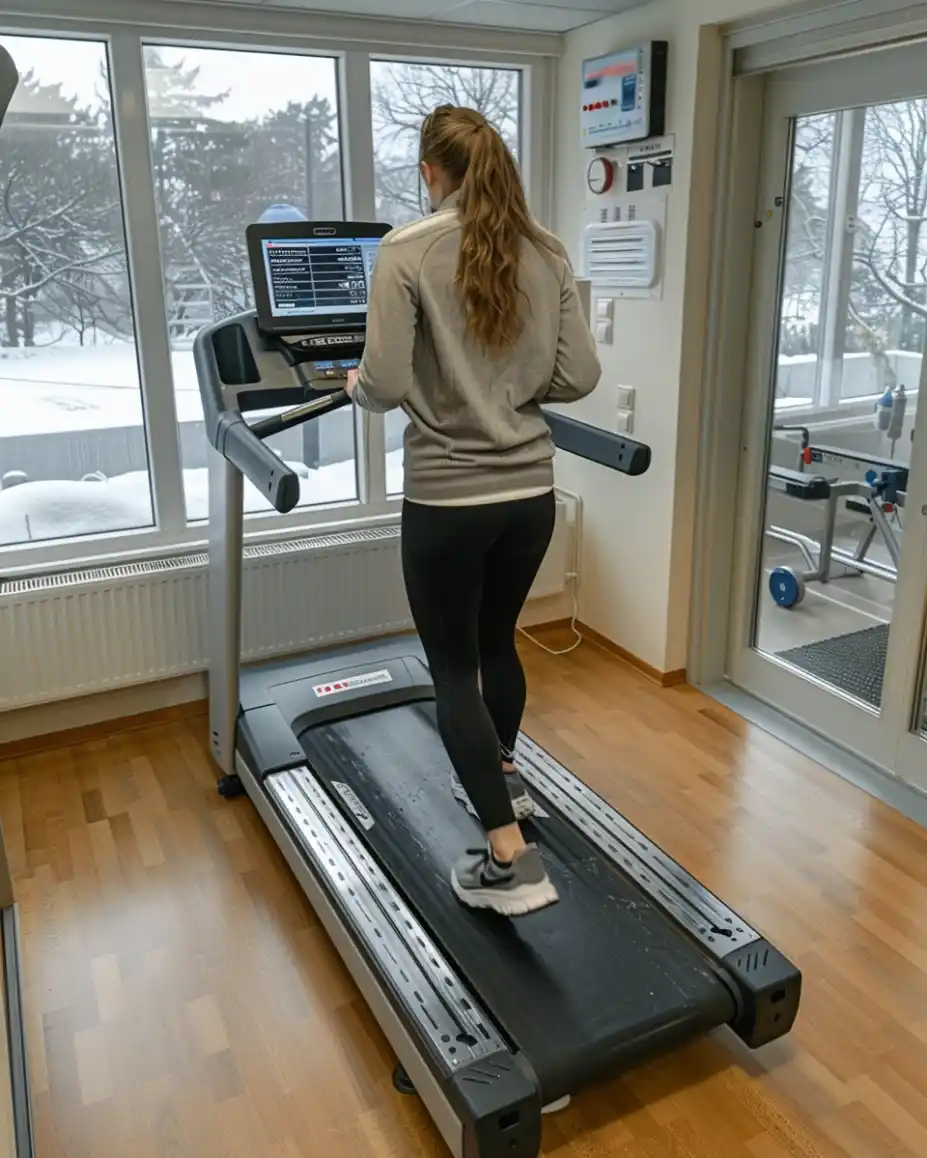
How Can You Reverse MASLD?
The good news is that early-stage MASLD can be reversed through lifestyle changes. Weight loss of 7-10% of body weight has been shown to reduce liver fat and inflammation significantly.
A Mediterranean diet rich in fruits, vegetables, whole grains, lean proteins, and healthy fats like olive oil is recommended. Limiting the intake of processed foods, sugary beverages, and red meats is also crucial.
Regular physical activity, combining aerobic exercise with resistance training, enhances insulin sensitivity and reduces liver fat. The World Health Organization recommends at least 150 minutes of moderate-intensity aerobic activity per week.
“In our clinic, we’ve seen remarkable improvements in patients who adopt healthier lifestyles,” notes Dr. Halyna Smirnova. “Some have reversed their fibrosis entirely.”
Case Study: A Success Story
After her diagnosis, Natalia Pysarenko was referred to a multidisciplinary team including a hepatologist, a nutritionist, and a physical therapist. She began following a tailored diet plan and incorporated daily walks and light resistance exercises into her routine.
“At first, it was challenging to change habits,” Natalia admits. “But with support, I lost 15 kilograms over six months.”
Follow-up tests showed a significant reduction in liver fat and inflammation. Natalia’s liver function tests returned to normal, and she no longer showed signs of fibrosis.
“I feel better than I have in years,” she says. “It’s never too late to take control of your health.”
Emerging Treatments and Research on MASLD
Emerging treatments such as elafibranor and weight-loss medications like semaglutide offer additional hope. New medications targeting liver inflammation and fibrosis are under clinical trials in Russia and other CIS countries.
Medicines like elafibranor have shown promise in international studies, potentially slowing or reversing the progression of MASH. The European Commission (EC) has granted Iqirvo (elafibranor) conditional approval as a treatment for primary biliary cholangitis, making it the first drug in almost a decade approved for this severe liver disease.
It is approved for use in combination with ursodeoxycholic acid (UDCA) in adults who do not respond adequately to UDCA monotherapy, and as monotherapy for those unable to take UDCA. In June of this year, Iqirvo was also approved by the FDA. It is sold under the trademark IQIRVO by Ipsen Pharma.
Weight-loss medications such as semaglutide and liraglutide, originally developed for type 2 diabetes, have also demonstrated efficacy in reducing liver fat content and improving metabolic parameters.
“These pharmacological interventions could be game-changers,” says Dr. Abilov. “But they should complement, not replace, lifestyle modifications.”
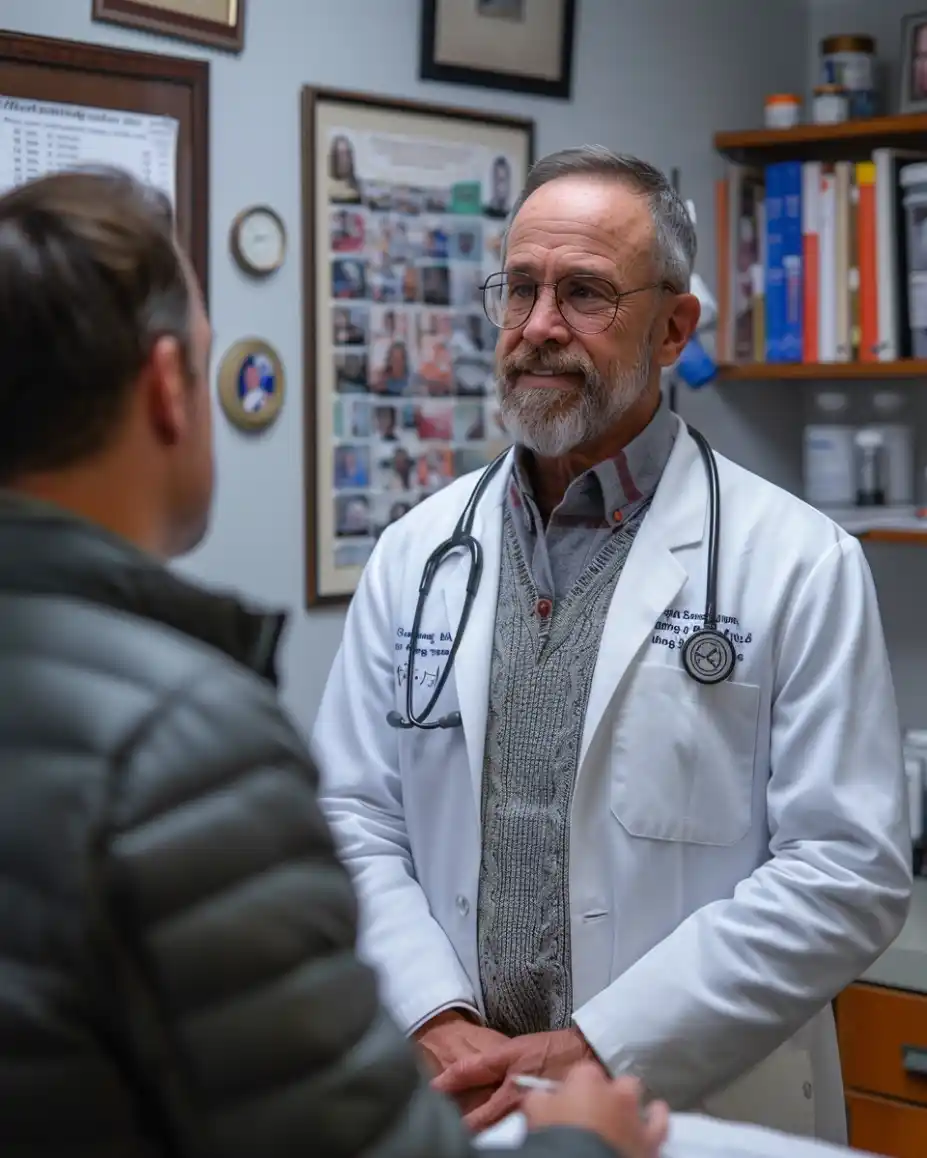
The Role of Healthcare Professionals
For healthcare professionals in Ukraine, Russia, and CIS countries, increasing awareness of MASLD is essential. Routine screening of high-risk patients—those with obesity, type 2 diabetes, or metabolic syndrome—should become standard practice.
“Education is key,” emphasizes Dr. Hrytsenko. “Both patients and clinicians need to recognize the risks and take proactive steps.”
Collaborative care models involving hepatologists, endocrinologists, nutritionists, and primary care physicians can improve patient outcomes. Public health initiatives promoting healthy lifestyles can also play a significant role in combating MASLD at the population level.
Conclusion
MASLD is a growing health concern in Ukraine, Russia, Kazakhstan, and neighboring countries. As the prevalence of obesity and type 2 diabetes continues to rise, so does the risk of silent liver damage that can lead to cirrhosis and liver failure.
Increased awareness, early detection, and proactive management are essential to prevent irreversible liver damage. Lifestyle interventions remain the cornerstone of treatment, with emerging therapies offering additional support.
For healthcare professionals, staying informed about the latest diagnostic tools and treatment options is crucial. By working together, we can tackle this silent but significant threat to public health.
As Natalia Pysarenko’s story illustrates, it’s possible to reverse the course of MASLD with timely intervention. “I hope others can learn from my experience and take action before it’s too late,” she says.

